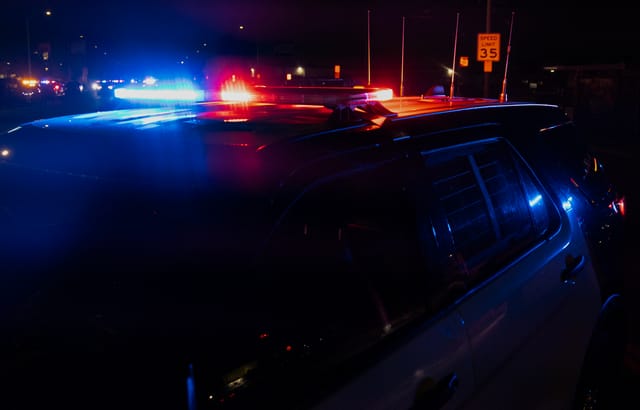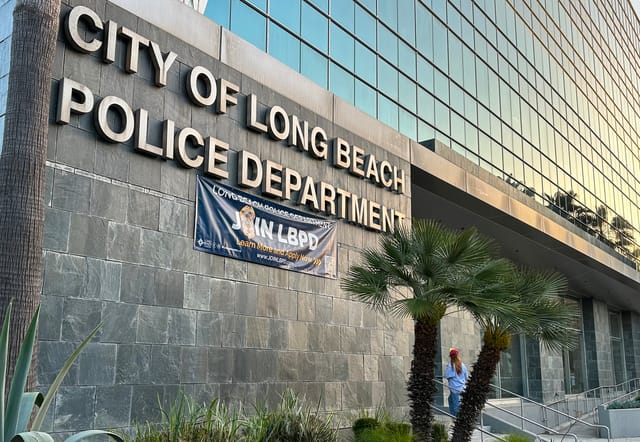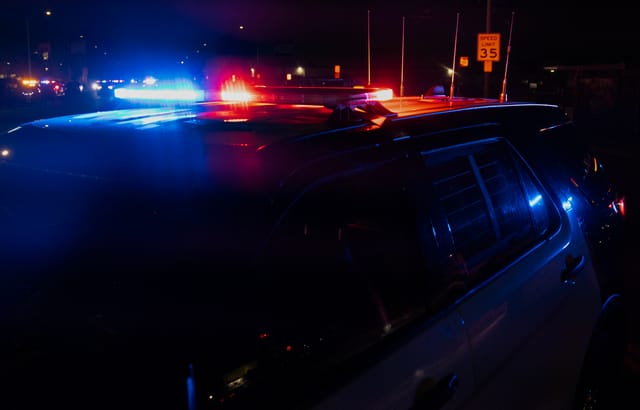Improvements on proposed LGBTQ+ corridor could be slow, costly, report says
City Council members asked for a cultural corridor in June 2022, but a report says it could be two more years before the first projects are completed.
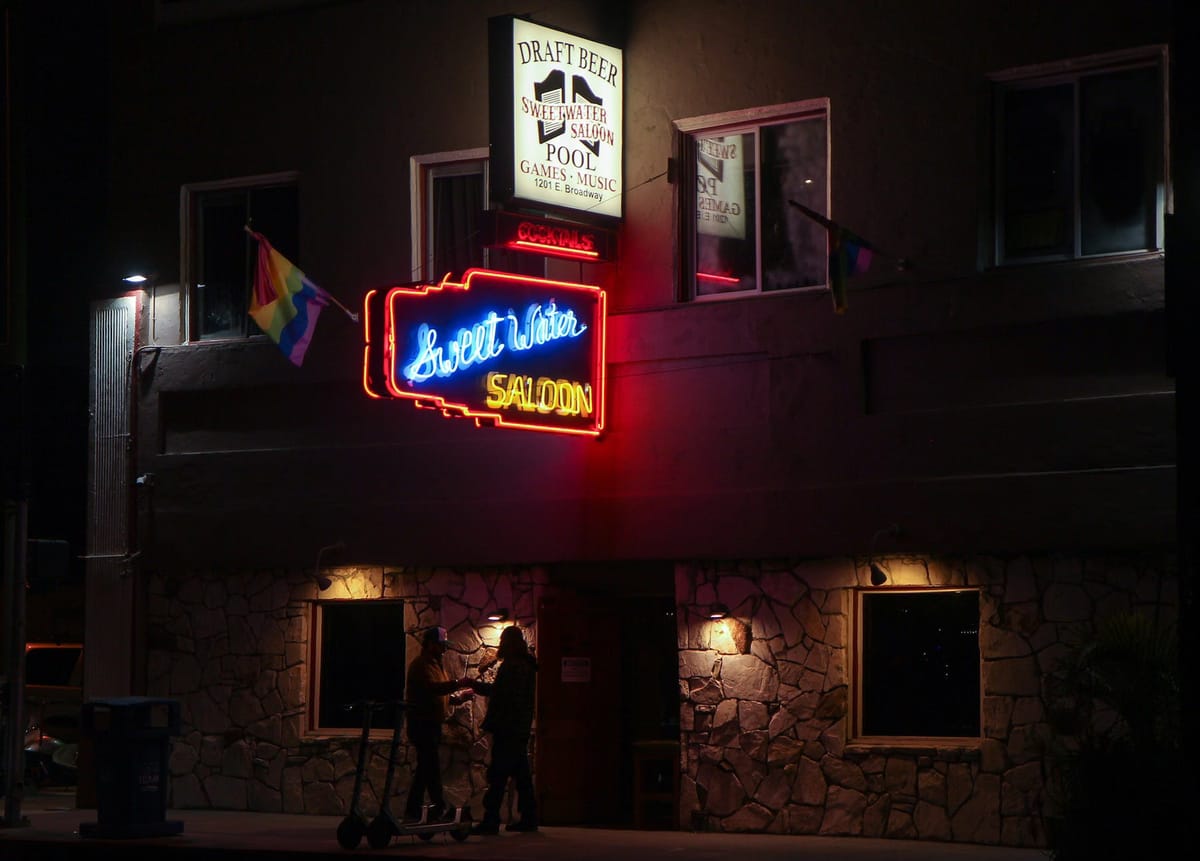
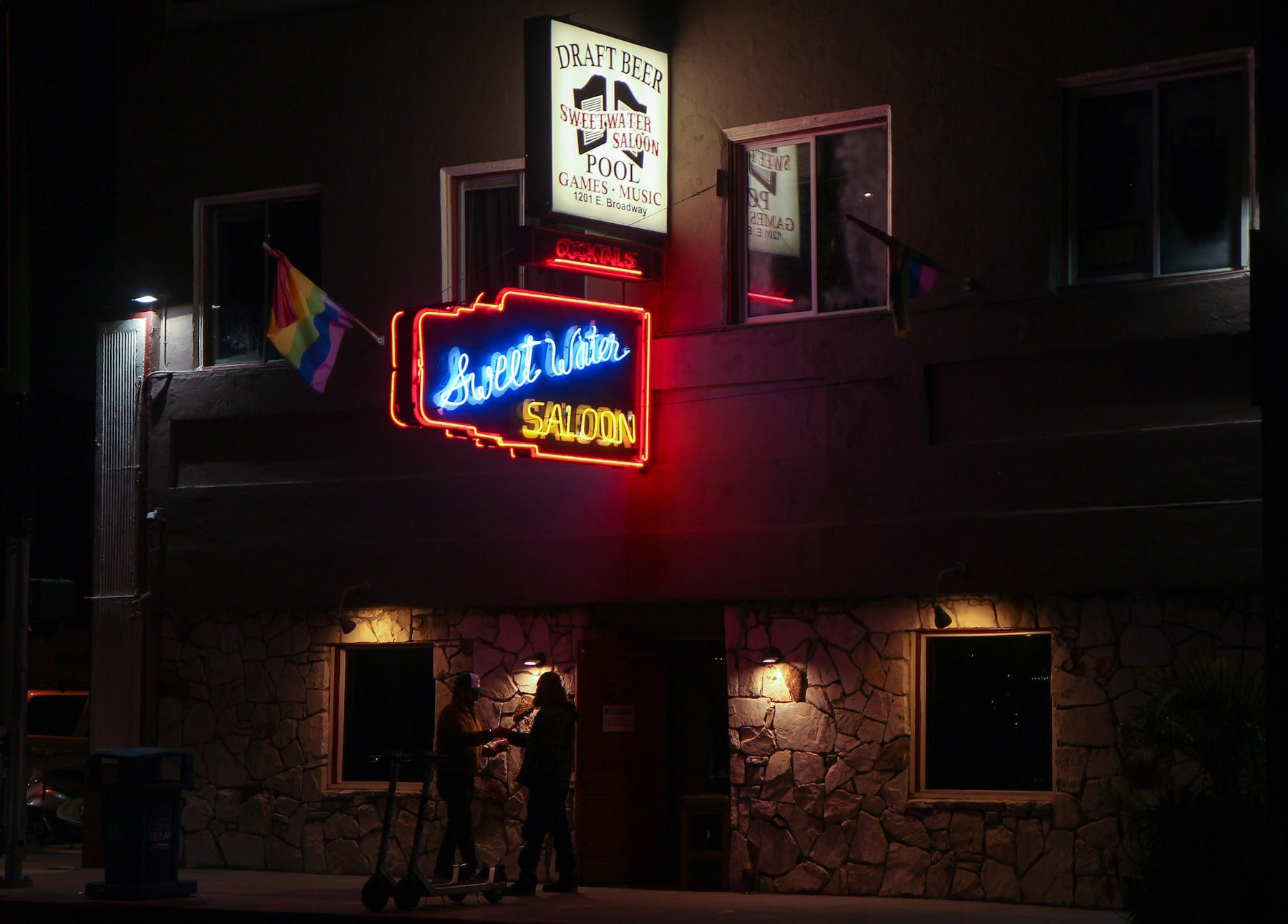
String lights, neon wall art and historical plaques could be headed to Broadway as part of the Long Beach’s proposed LGBTQ+ Corridor project but the early-phase additions could take as long as two years to complete, according to a city report.
The City Council approved the city to move forward in June 2022 with a plan to designate a section of Broadway, which has deep historical ties to the LGBTQ+ community’s activism and contributions, as a cultural corridor.
The proposed corridor stretches from Alamitos Avenue in the west to Temple Avenue in the east, where numerous LGBTQ+ businesses still exist on Broadway. The improved row would pay homage to the contributions of those who helped organize the community for political battles before the area became known as a “Gay Mecca” in the 1980s.
After nearly two years of public outreach, the council is being asked Tuesday to give more direction on a strategic plan that outlines the types of public improvements that could be made to the corridor, how long each might take and how much that work would cost.
Long Beach officials say TB outbreak contained, months of care awaits those infected
Jason Ruiz • May 8, 2024

The Long Beach City Council approved a local health emergency Tuesday after a recent outbreak of Tuberculosis in the city that health officials say will require extensive monitoring of potentially hundreds of people and months-long treatment for those who contracted the illness.
Read full story →
A report published by the city shows three phases of improvements that would require an estimated $8.8 million; however, the first phase includes several more low-cost options like string lights ($200,000), murals ($250,000), streetlight banners ($2,500 each) and historical plaques ($4,000 each).
Fixtures like street trees, more lighting and educational elements like plaques and murals were among the top items that community members said they’d like to see to help increase safety along the corridor and draw more foot traffic.
“String lights will provide a beautiful ambiance and create an inviting place for residents to enjoy nightlife and address the need for more lighting,” the report said. “They bring soft overhead light to the corridor and provide the feeling of a canopy, creating a relaxing and comfortable environment.”
Become a Watchdog today.
Community members also asked for other safety improvements like non-police safety ambassadors, more support for the unhoused in the area and increased pedestrian activity.
Including more neon signage on the corridor would require an update to the city’s rules for signs, which are permitted through the Community Development Department. However, the corridor already includes prominent neon signs like the one outside the Sweetwater Saloon.
The estimate for the first phase of work is estimated to cost about $827,000, according to the report, which could be covered by the $2.5 million that the council already allocated toward the project when it approved last year’s infrastructure budget. The report said about $1 million is available for the first phase of improvements.
However, more funding will be needed if all three phases are implemented and more community meetings will determine additions made along the corridor, according to a city memo.
The second phase calls for the planting of 90 street trees, and uplighting for at least 60 of those trees, which is projected to cost just over $1 million.
The third phase of improvements, which the report said could be added as the city finds additional money to pay for them, includes things like decorative crosswalks ($150,000 for 10), utility box art ($3,000 each) and new pedestrian lights to improve safety for people crossing the street.
The report calls for the installation of 260 pedestrian lights, which could cost $6.5 million.
Any additional funding would have to be approved by the City Council or come from outside the city. The report notes that the city will look at grants and other dollars that can be acquired from the state and federal governments to pay for the more expensive improvements outlined in the report.
Council members will discuss the issue at the May 14 meeting.
Jason Ruiz has been on strike from the Long Beach Post since March 21, yet he’s still covering city hall without pay. Thank him for his reporting.
We need your support.
Subcribe to the Watchdog today.
The Long Beach Watchdog is owned by journalists, and paid for by readers like you. If independent, local reporting like the story you just read is important to you, support our work by becoming a subscriber.


